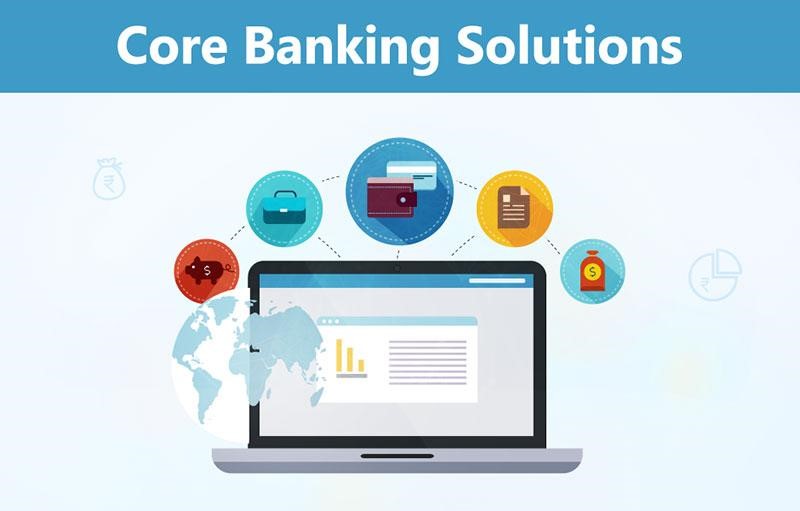In the banking industry, core banking refers to the centralization and integration of a bank’s key operational functions and processes through a comprehensive software system. It serves as the backbone of a bank’s operations, facilitating the management of customer accounts, financial transactions, and other core banking activities.
Core banking systems are designed to support various banking functions, including account management, deposits and withdrawals, loan origination and servicing, payments and transfers, and more. They provide a centralized platform that enables efficient and secure handling of customer data, transactions, and financial information.
The primary goal of core banking is to streamline and automate banking operations, improve customer service, enhance operational efficiency, and enable banks to adapt to changing market demands. By consolidating data and processes into a single system, core banking enables banks to have a unified view of customer information and transaction history across multiple channels (e.g., branch, online, mobile).
Key features of core banking systems include:
- Account management: Core banking systems facilitate the opening, closing, and maintenance of various types of accounts, such as savings accounts, checking accounts, and loans. They provide real-time updates on account balances, transaction history, and customer details.
- Transaction processing: Core banking systems handle various types of financial transactions, including deposits, withdrawals, fund transfers, bill payments, and other payment processes. They ensure accurate and secure transaction processing across different channels.
- Customer relationship management: Core banking systems store and manage customer information, including personal details, contact information, account preferences, and transaction history. This enables banks to provide personalized services, targeted marketing, and efficient customer support.
- Risk management and compliance: Core banking systems incorporate risk management tools and compliance functionalities to ensure adherence to regulatory requirements, such as anti-money laundering (AML) and Know Your Customer (KYC) regulations. They facilitate risk assessment, credit scoring, and monitoring of financial activities.
- Integration and scalability: Core banking systems can integrate with other banking systems, external service providers, and third-party applications to support additional functionalities and services. They are designed to handle high volumes of transactions and data, ensuring scalability as the bank grows.
Overall, core banking systems play a vital role in modern banking operations, enabling banks to offer a wide range of services, improve operational efficiency, enhance customer experience, and stay competitive in the rapidly evolving financial industry.
